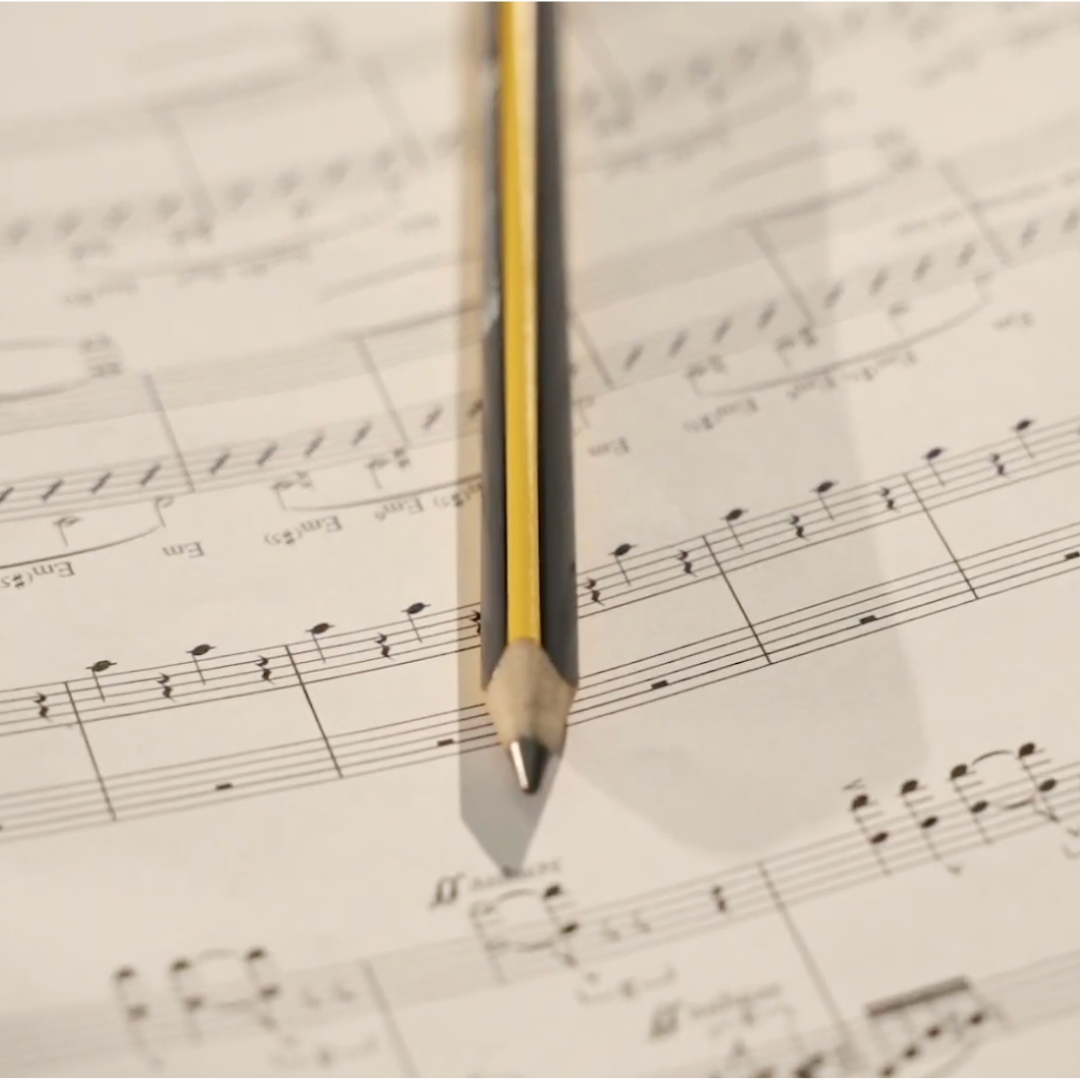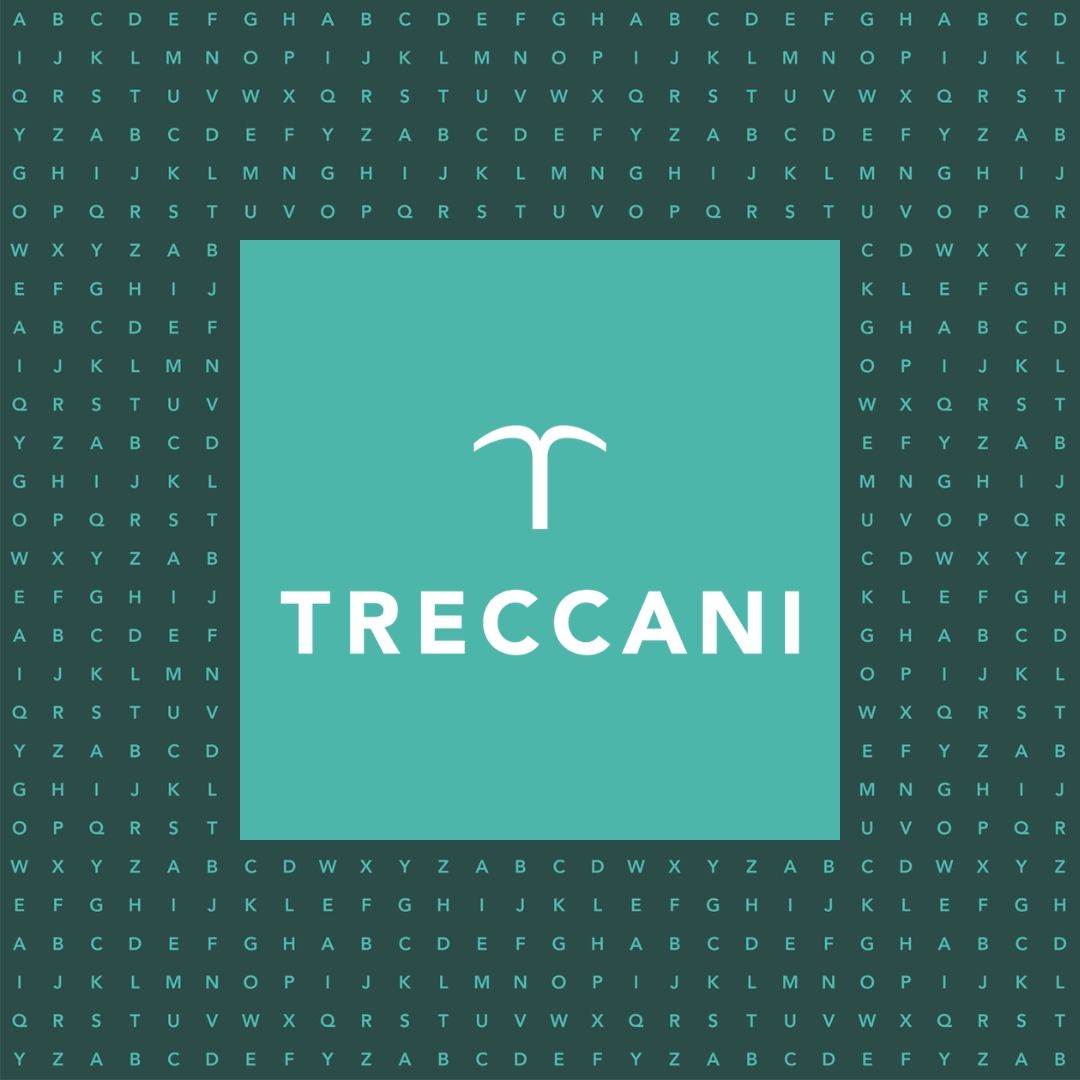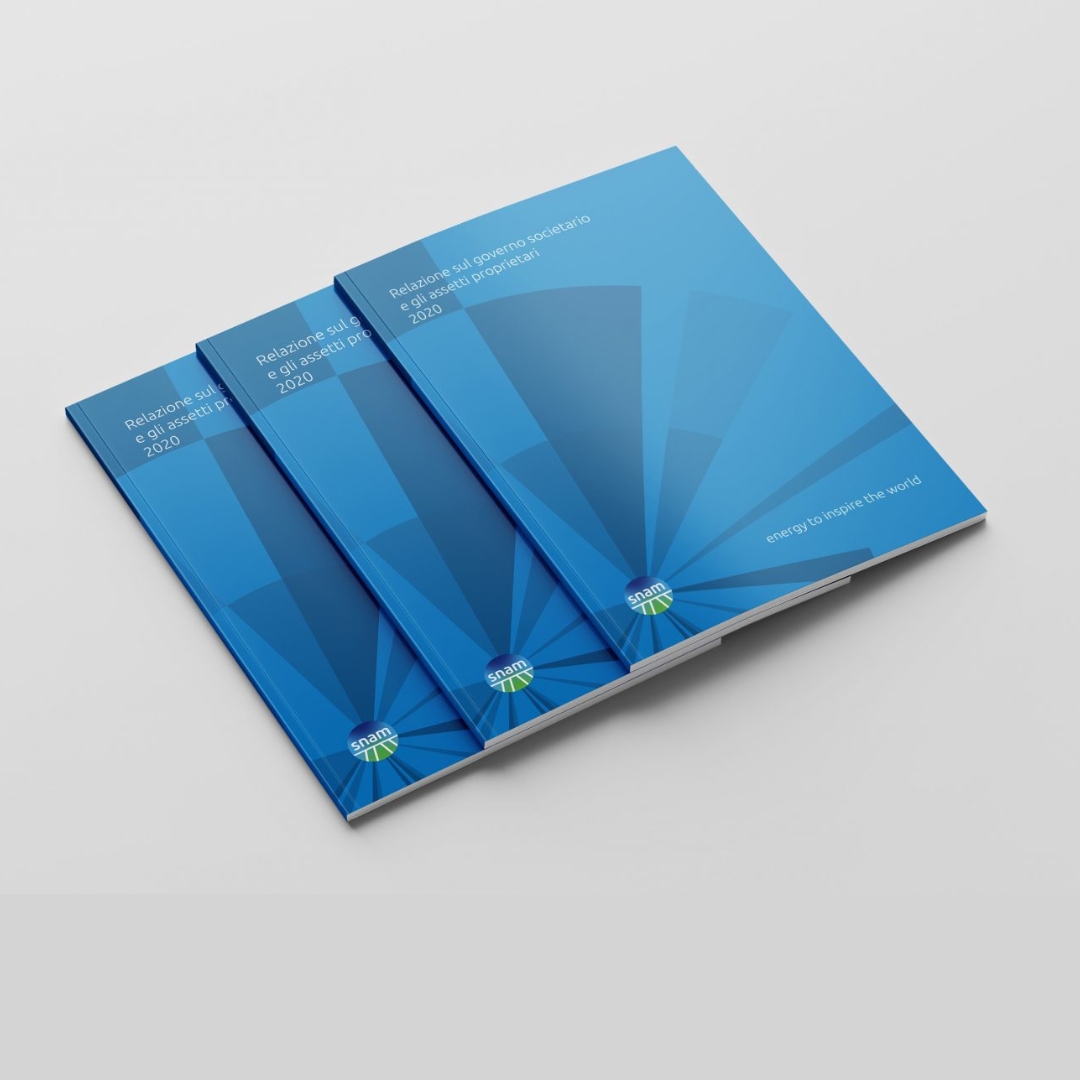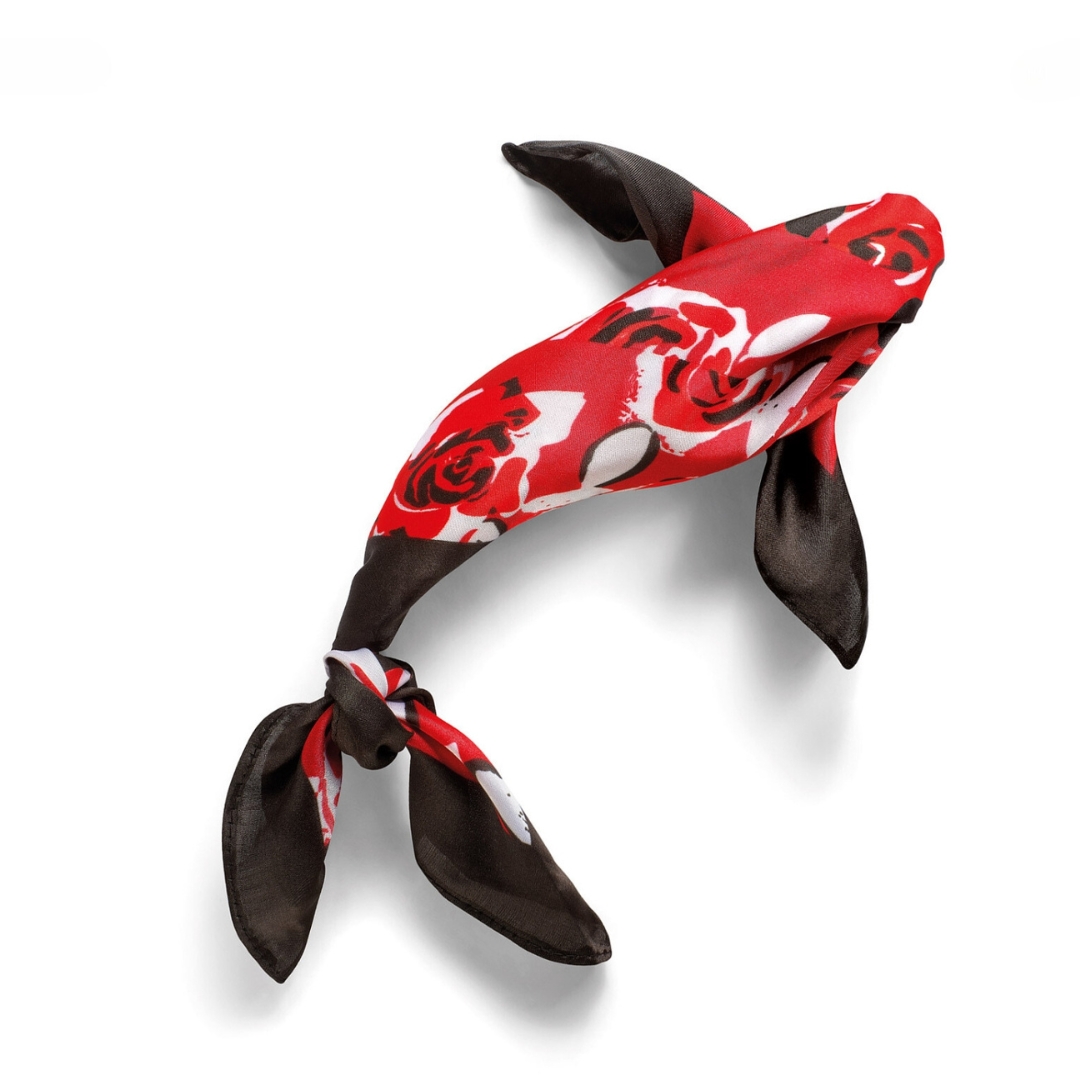Relationship as care
At a time when everything revolves around personal experience and identity, medicine too must find ways to keep up with the times. Healthcare cannot simply be a system that provides treatment; it must become an ecosystem that truly cares — for the person, for their ways of expression and the stories they tell, for their spaces. And, as in branding, relationships become the heart of trust. We discuss this with Antonio Romano. Where does the modern concept of healthcare come from? Its roots lie in ancient medicine. From Hippocrates to the Salernitan School, health was seen as a balance among elements — air, water, earth, and fire — and bodily humors. Over time, medicine shifted from a “geocentric” view to a “morbocentric” one, focusing more on disease than on the person. Today, we are witnessing a new transition: from curing illness to embracing relationships as a form of care. What does it mean to bring this transformation into branding? It means viewing “care” not as a technical act, but as a narrative value. Brands, much like doctors, no longer offer only products or services — they offer experiences of trust. Healthcare thus becomes a field of communication that places the person, their emotions, and their need for understanding at the center. “Care” is expressed through language tailored to the patient, through a corresponding tone of voice, and through spaces designed to welcome and comfort. How should healthcare facilities adapt to this new perspective? It is necessary to move beyond the rigid and often impersonal organization of hospitals. The digital experience has accustomed citizens to direct, fluid, and disintermediated relationships in which each individual is always at the center. Healthcare must also embrace this logic, with more intuitive navigation systems, clearer pathways, and open dialogue. The wayfinding system at Policlinico Gemelli, inspired by airport signage, is an example of this approach — designed for those who need to find their destination, not for those who already know the space. The role of design and visual identity in this context? Fundamental. Branding is the grammar that coordinates the countless stories that make up the world of health. It is not just about a logo or color, but about coherence between behavior, language, and mission. When the Lazio Region adopted a unified identity as Salute Lazio, it was not merely a graphic choice but a way to make the system more recognizable, accessible, and human. Which example among Inarea’s case studies best expresses the concept of “care”? The rebranding of Assogenerici as Egualia is emblematic. From an association once perceived merely as a producer of generic drugs, the narrative has evolved toward a message rooted in Article 3 of the Italian Constitution: equality as a principle of equity in healthcare. No longer “producers of copies,” but advocates for the right to healthcare for all. What is the cultural challenge of the future? Putting the person back at the center. The digital age has taught us that everything starts from the “self,” but in healthcare this “self” must move beyond the traditional subordination of the citizen — made an even weaker participant by becoming a “patient.” They must feel welcomed, not isolated. Relational medicine is the true frontier of contemporary healthcare: a form of medicine that listens, supports, and above all, communicates.







